Project List
This ptoject lists include PIs who are unable to take on new students. If you wish to enroll, please refer to the list of 「Academic Advisor」in the admissions guide or contact Admission Division for further information.
| Project | PI | Project Title | General Outline |
|---|---|---|---|
A |
Daisuke Anzai | Electronic Circuits for Piezoelectric Energy Harvesting and Sensor Array Systems | We are working on research on foot-mounted wearable directional antennas and beacons for identifying the positions of wanderers. We will try to optimize energy transmission near the human body, and develop a harvest circuit for power supply that converts pressure into electrical energy using shoe-mounted perovskite components. |
B |
Takashi Kosaka Kenta Seki |
Excitation-Conforming, Shape-Adaptive Mechano-Electrical Energy Conversion |
We are engaged in research to achieve high-precision control while suppressing mechanical resonance by optimizing mechanical structures and component shapes and/or introducing shape adaptive mechanisms. We aim to reduce noise by appropriately controlling mechanical resonance characteristics according to the operating condition of the motor, and to achieve high-precision control of industrial machinery by integrating fine-motion actuators and sensors. |
C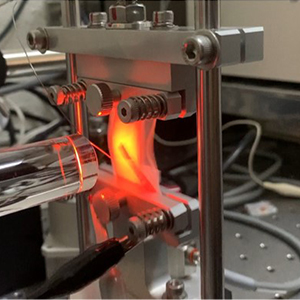 |
Ken-ichi Kakimoto | Macroscale Continuum Modeling and FE Simulation of Electromechanical Coupling in Perovskite-Based Materials | We are engaged in the research on applying environmentally friendly lead-free perovskite-type piezoelectric materials as vibration energy harvesting devices. By analyzing through finite elemental approach and optimizing the process of energy conversion from mechanical deformation to electrical output, we will apply new modeling based on the full use of continuum mechanics to predict the electromechanical coupling of ferroelectrics. |
D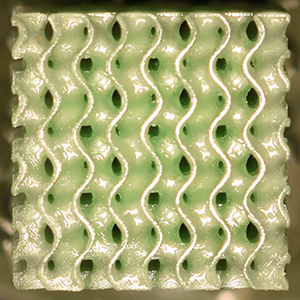 |
Ken-ichi Kakimoto | Additive Manufacturing of Cellular Lead-Free Ceramics | We are engaged in the research on precision synthesis of porous ceramics with regularly arranged pores using laminated molding technology. By giving it lightness and flexibility, we aim to apply it to energy harvesting devices, etc., and we will design a microstructure that can maximize the function of converting vibration, heat, etc. existing in the environment into electric power. |
E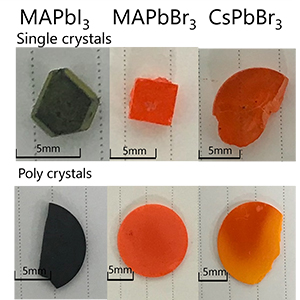 |
Tomokatsu Hayakawa Masashi Kato |
Lead-Free Perovskite Semiconductors with Tunable Bandgap for Energy Conversion | Lead-free perovskite semiconductors and their related materials have been investigated in Project E. Material synthesis, evaluation of material properties, and device manufacturing / evaluations are performed by a team including experts in Chemistry, Electronics, and Device manufacturing to develop innovative devices for the creation of renewable energy. |
F |
Ken-ichi Kakimoto | Room Temperature Aerosol Deposition of Lead-Free Ferroelectric Films for Energy Conversion Systems | We are engaged in the research on precision synthesis of lead-free ferroelectric films on various substrates using the aerosol deposition method. We will also investigate synthetic conditions for obtaining ceramic single-layer films and multilayer composite films suitable for energy conversion materials, and evaluation techniques and control methods for obtaining thermally, chemically, and microstructure-stable film structures. |
G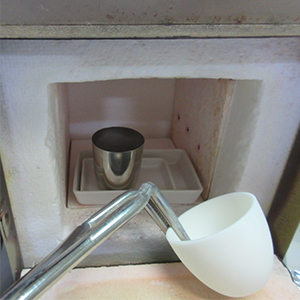 |
Koichi Hayashi Tomokatsu Hayakawa Koji Kimura |
Formulation and Crystallization of Perovskite Bearing Glass-Ceramics for Light Management | We aim to develop crystallized glasses, so-called “glass-ceramics”, containing perovskite-type functional crystals. Local atomic structures of this kind of materials will be investigated by innovative X-ray diffraction methodologies for material designs to improve thier optical, electrical and mechanical functionalities, which will also facilitate fusion of atomic-scale technology for control in clusters with the classical crystal field theory. Then we will propose structural modeling of new materials with excellent optical properties. |
H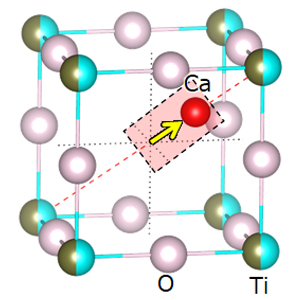 |
Koichi Hayashi Koji Kimura |
Stress Modulated Electromechanical Coupling of Lead-Free Ferroelectrics | To investigate the influence of defects and stress on the electrochemical properties of lead-free ferroelectrics, we are working on structural analysis and phonon analysis with synchrotron radiation. By studying the relation between the doping-induced inhomogeneity and electromechanical properties, the stress dependence of perovskite materials with electromechanical / electro-optical properties will be clarified at the atomic level. |
I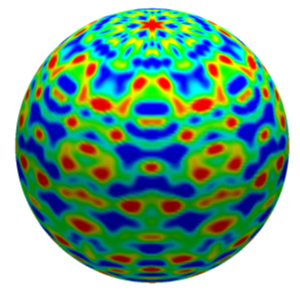 |
Koichi Hayashi Reina Miyagawa Koji Kimura |
Growth of Single Crystal Transition Metal Perovskite Chalcogenides | The aim of our effort is the successful growth of perovskite chalcogenide crystals, which are useful for applications such as photovoltaic power generation. We carry out structural analyses of the crystal materials using strong synchrotron radiation to understand the correlations between the local structures around dopants and the optical properties. Furthermore, we will attempt to control the atomic arrangement by fine processing using an ultrashort pulse laser. |
J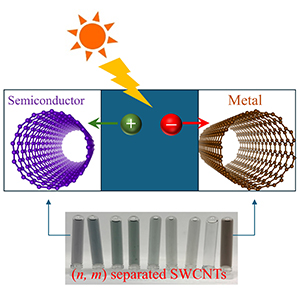 |
Shinji Kawasaki Yosuke Ishii |
Solution Processed Ferroelectrics in Photovoltaic Devices | The purpose of this project J is to improve the photovoltaic properties of newly designed perovskite solar cell using ferroelectricity. Synthesis and chemical modifications of nanocarbon materials to optimize carrier transportation layers of the solar cell are my main contribution to the project. I also apply the nanocarbon materials to energy storage devices. |
K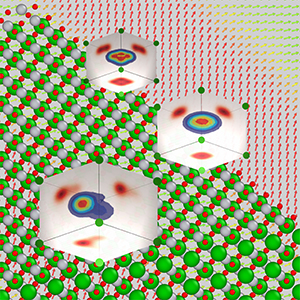 |
Shuji Ogata Ryo Kobayashi |
Multi-Scale Modeling of Electromechanical Coupling in Perovskite-Based Ferroelectric Materials and Composites | Novel multi-scale simulation method that combines theories for micro (or electronic)-to-macro-scales will be proposed for ferroelectric materials. Based on that, parallel simulation code will be realized and applied to a perovskite-based ferroelectric material with and/or without defects to understand its phase structure and phase-evolution dynamics. |
L |
Tomokatsu Hayakawa | Modeling of Defect and Surface Chemistry of Perovskites | Not only the bulk defects but also the surface ones of perovskite materials influence their chemical, electronical and mechanical properties. In this project, the characteristics of atomic defects of perovskite materials will be revealed by using a couple of surface spectroscopic characterizations and atomistic quantum-chemical calculations, leading to understanding how defects are related to their ferroelectric and catalytic properties. |